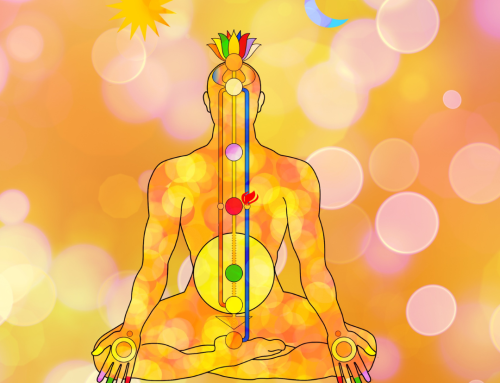In a world that glorifies doing, achieving, and producing, Yoga Nidra invites us into a radical state of being. It is a sacred return to our essence—a practice of surrender, stillness, and inner knowing. Often called “yogic sleep,” Yoga Nidra is far more than relaxation. It is a doorway into the soul’s quiet truth, where healing, clarity, and wholeness reside.
🌙 Ancient Roots of Divine Rest
The origins of Yoga Nidra reach back thousands of years into the mystical heart of the yogic tradition. Rooted in the teachings of tantra and explored deeply in texts like the Upanishads, it was brought into contemporary practice by Swami Satyananda Saraswati in the mid-20th century. Drawing from the systematic practices of ancient yogis, he refined the method into a powerful tool for modern seekers to access deep states of consciousness.
But in truth, Yoga Nidra has always lived in the lineage of those who remembered—those who paused, laid down their burdens, and listened to the silence between the breaths. It is the soul’s natural state of remembrance.
🧬 The Science of Stillness
Modern neuroscience is now catching up to what the ancient sages always knew: rest is medicine.
In Yoga Nidra, we enter the liminal space between waking and sleeping—known as the hypnagogic state. The brain moves from active beta waves into slower alpha and theta states, and sometimes even delta waves, which are associated with deep, restorative sleep. In this liminal space, the nervous system can reset, and the body can heal.
Scientific studies have shown that regular practice of Yoga Nidra can:
- Reduce anxiety and depression
- Improve sleep quality and reduce insomnia
- Lower blood pressure and cortisol (stress hormone) levels
- Support healing from trauma and PTSD
- Enhance memory, learning, and creativity
- Increase self-awareness and inner peace
One hour of Yoga Nidra can feel as restorative as several hours of sleep—not just physically, but energetically and spiritually as well.
💗 A Practice of Loving Presence
The structure of a Yoga Nidra practice is gentle and accessible. It typically includes:
- Intention setting (Sankalpa)
- Body scan to induce relaxation
- Breath awareness to anchor presence
- Visualization or journeying to access deeper realms of the subconscious
- Integration and return
All while lying comfortably, often with props, blankets, or cushions. This practice welcomes every body—no flexibility or yoga experience required.
But perhaps what is most powerful about Yoga Nidra is the way it brings us home to the Self.
In my own journey, I have witnessed the sacred alchemy that occurs when we allow ourselves to fully rest. The deep exhale. The softening of identity. The returning to Source. Yoga Nidra is a remembering of who we are beneath the noise, the striving, the roles. It’s a sacred space where the soul whispers, “I am whole. I am home.”
🌿 The Invitation
In this season of life—where so many are tired, wired, and yearning for peace—Yoga Nidra is not a luxury. It is a necessity. A sacred rebellion against the culture of burnout. A return to the feminine rhythm of rest, renewal, and rebirth.
I invite you, friend, to explore this practice not just as a technique, but as a love letter to your own nervous system. A prayer of trust. A remembrance of the Divine within.
Come lie down. Close your eyes.
Let the breath soften.
Let the body melt.
Let the soul rise.
You are not here to do more.
You are here to be.
With love and stillness,
Treasure
Founder of The Space AZ




